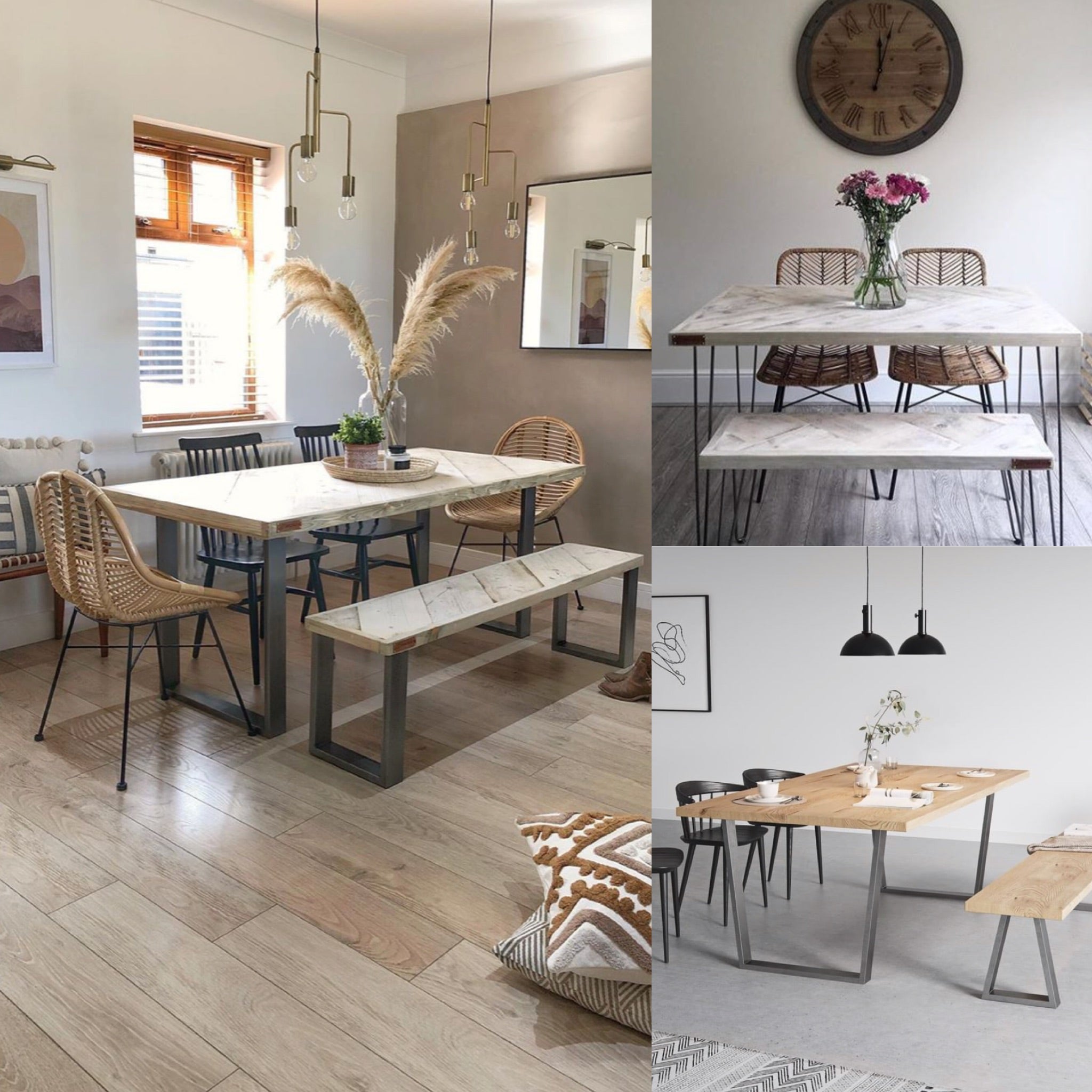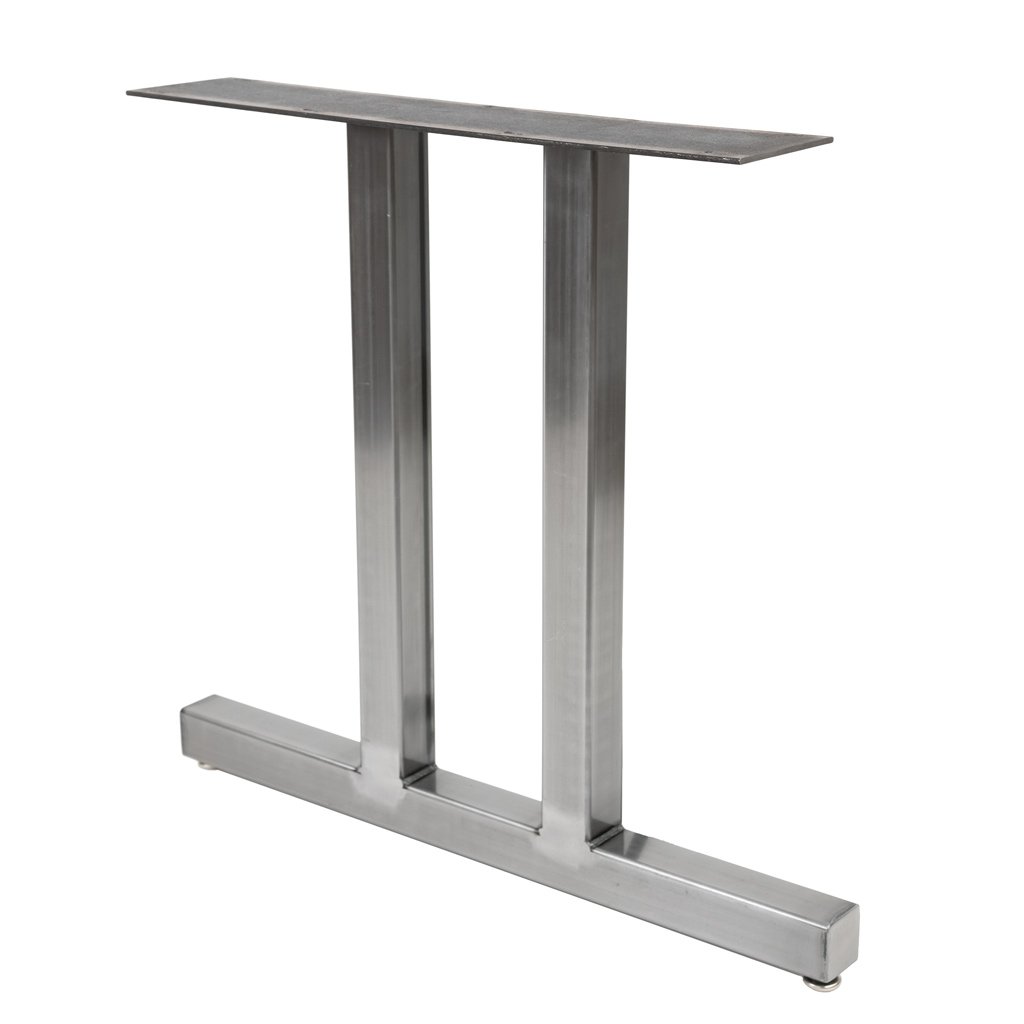Add Charm and Elegance to Your Space with Distinct Dining Room Table Legs
Add Charm and Elegance to Your Space with Distinct Dining Room Table Legs
Blog Article
From Traditional to Modern: Locate the Suitable Dining Room Table Legs for Your Design
The selection of dining-room table legs plays a crucial duty in defining the general character of your space, connecting the space in between standard workmanship and modern-day aesthetic appeals. While timeless designs such as cabriole and turned legs stimulate a sense of ageless class, modern styles like barrette and geometric choices offer a possibility for striking aesthetic rate of interest. Assessing the best equilibrium between these styles calls for a nuanced understanding of your existing décor and personal taste. As you think about these aspects, the question stays: exactly how can you perfectly incorporate these varied leg styles to create a harmonious dining experience?
Comprehending Table Leg Styles
The variety of dining-room table leg designs can substantially affect both the looks and capability of the room. Each leg design contributes unique functional functions and visual components, accommodating varied style choices and usage demands. Recognizing these styles is vital for choosing the appropriate eating table that aligns with your overall indoor design vision.
For circumstances, tapered legs offer a tidy, traditional appearance that can boost a room's style, while stand bases provide security and make best use of legroom, making them suitable for smaller sized areas. Hairpin legs, a hallmark of mid-century contemporary layout, present an industrial flair, enabling for an airy, open feel. Trestle legs evoke rustic charm, providing robust assistance and a sense of eternity.
Furthermore, the selection of products plays a considerable function. Wood legs can bring heat and texture, whereas steel choices commonly communicate a smooth, contemporary ambiance. Ultimately, comprehending table leg styles is essential for producing a natural eating location that shows individual style while ensuring usefulness and comfort. By thoughtfully taking into consideration these elements, you can boost both the useful and aesthetic allure of your dining room.
Conventional Table Leg Options
When selecting dining area table legs, typical alternatives frequently symbolize classic beauty and workmanship. These layouts mirror an abundant heritage and a commitment to quality, making them perfect for those that value traditional aesthetic appeals.
One of one of the most legendary traditional leg designs is the cabriole leg, characterized by its graceful bent form. This style typically includes attractive makings and is most frequently found in Queen Anne and Chippendale furnishings. Another popular choice is the transformed leg, which flaunts a collection of smooth, rounded forms that give a traditional appearance while maintaining security.
Furthermore, the straight leg, while basic, supplies a durable and unadorned framework that can blend seamlessly with a range of tabletop styles. For those drawn to ornate outlining, claw-and-ball feet legs evoke a feeling of grandeur and can serve as a spectacular centerpiece in any eating area.
Lastly, stand bases, although not strictly legs, supply a different traditional alternative that enables enough legroom and can be wonderfully carved. Each of these typical leg designs adds to the overall setting of an eating area, weding function with visual appeal.

Modern Table Leg Designs
Modern table leg layouts provide a diverse series of designs that highlight ingenious products and tidy lines. These layouts often prioritize capability while working as striking focal points within an eating space. Minimalist aesthetics prevail, with legs crafted from products such as steel, glass, and engineered timber, which contribute to a airy and contemporary feel.
One preferred style is the hairpin leg, defined by its slim, tapered framework that offers stability without overwhelming the tabletop (dining room table legs). This design is frequently located in mid-century modern-day furniture and can effortlessly match numerous dining table forms. An additional fad is making use of geometric forms, where legs might tackle asymmetrical or angular forms, including visual passion and a touch of creativity

Mixing Designs for Special Spaces
Commonly, house owners seek to produce special eating spaces that mirror their individual design by mixing different design aspects. This approach permits for the incorporation of varied looks, leading to an unified yet distinctive atmosphere. Combining a rustic wooden table with smooth, contemporary metal legs can develop an appealing contrast that raises the room's overall charm.
Furthermore, integrating vintage table Website legs with contemporary table tops can stimulate a sense of background while keeping a find more info modern-day sensibility. Such combinations not just showcase specific taste yet also urge creativity, allowing house owners to curate a space that feels both personal and welcoming.
Shade plays a vital role in this mixing process; choosing table legs that complement or contrast with the existing shade system can enhance visual interest. Whitewashed legs can soften the daring of a dark table surface, producing a balanced visual.
Tips for Selecting the Right Legs
Picking the right table legs is important for achieving both performance and aesthetic charm in your dining area. Begin by taking into consideration the overall design of your space. Standard setups benefit from legs that include elaborate carvings or transformed designs, while modern spaces may ask for streamlined, minimal designs.
Following, analyze the height and security of the legs. dining room table legs. Basic dining tables vary between 28 to 30 inches in height, so guarantee the legs match this dimension for comfort. Additionally, robust materials, such as hardwood or steel, can enhance stability and long life
Review the leg shape as well-- alternatives include straight, tapered, or pedestal styles. Straight legs use a classic look, while tapered legs can include a touch of sophistication. Pedestal bases provide adequate legroom and are optimal for smaller sized rooms.
Conclusion
In recap, selecting the excellent eating area table legs calls for cautious consideration of both modern-day and typical designs. By harmonizing leg style, height, and material with the total design, a cohesive and welcoming environment can be achieved.
The variety of dining space table leg designs can substantially affect both the appearances and capability of the area. Inevitably, comprehending table leg styles is crucial for creating a natural dining location that shows personal design while making sure usefulness and convenience.One recommended you read of the most legendary standard leg designs is the cabriole leg, characterized by its elegant rounded shape. Straight legs offer a traditional appearance, while conical legs can include a touch of sophistication.In summary, picking the perfect eating room table legs calls for careful consideration of both modern-day and standard designs.
Report this page